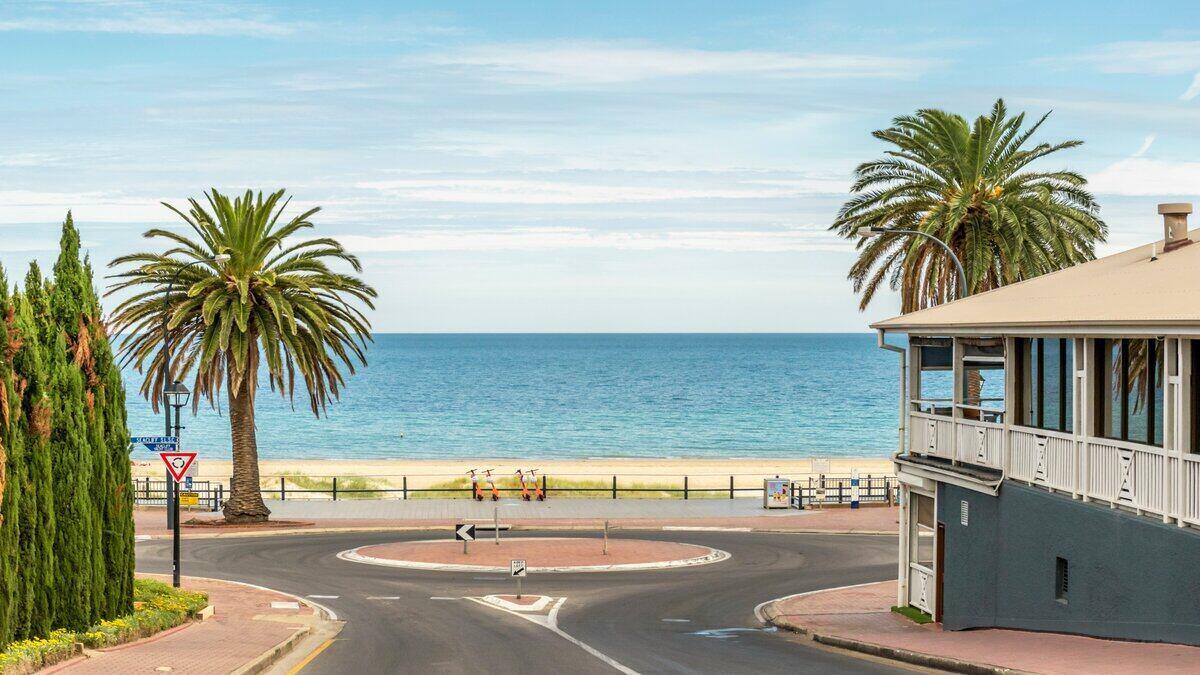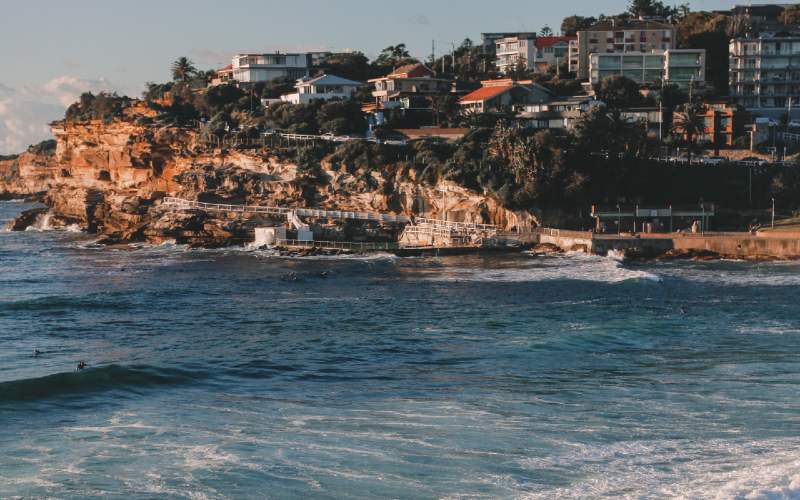After five rate cuts in just under a year, the Reserve Bank of Australia (RBA) said the cash rate has reached its floor, indicating it was not prepared to move into negative interest rates.
While more cuts are out of the question, Westpac chief economist Bill Evans said a rise is also unlikely.
"We expect that the overnight cash rate is unlikely to be lifted before December 2023," Mr Evans said.
"However, as discussed above, that does not necessarily mean that the Bank will not adjust the bond yield target over this period."
With the RBA implementing quantitative easing for the first time ever following the second March rate cut, the central bank has been buying billions of dollars of bonds in the secondary market.
This indirectly helps fund the Federal Government's $200 billion stimulus package and pushes the cash rate lower, making it cheaper for the Government and everyday Australians to borrow cash.
The RBA has stated it was implementing quantitative easing with a three year bond yield target, which Mr Evans said reiterates the central bank won't lift the cash rate for some time.
"The choice of the three year bond target rate as the same as the cash rate target is strategic since it sends a clear message that if the Bank is prepared to purchase three year bonds at the overnight cash rate it is reasonable to expect that it is comfortable with the cash rate holding at 0.25% for the full three years," he said.
Mr Evans stressed that a rise in the cash rate would indicate confidence in the economy from the RBA, something that would only be achieved when progress was made on unemployment.
"The most important forecast will be the unemployment rate. Unemployment is a key policy goal in its own right and the most important influence on inflation through the impact that spare capacity in the labour market has on wages and therefore inflation," he said.
"We expect that the unemployment rate will hold around 6% in 2021–2023 – well above the 4.5% full employment rate.
"Accordingly wages growth, which we expect will slow to an annual pace of 1.5% by mid-2021 will fail to return even to the disappointing 2.5% we experienced before the advent of the Covid Crisis."
Mr Evans' predictions mirrored the RBA's, with Governor Phillip Lowe stating he believed the unemployment rate would hold above 6% for the next couple of years.
Both parties also predicted a sharp contraction in the economy in 2020 of around 10%, but differed in the forecast for 2021 growth.
The RBA forecasts a growth of 6-7%, while Westpac is less optimistic at 4%.
"Westpac expects that growth in the Australian economy will slow back to potential from the second half of 2021," Mr Evans said.
"Labour markets are slow to heal following economic crises.
"After twelve years the Australian labour market had not returned to the pre GFC unemployment rate of 4%. The deterioration in the underemployment rate was more severe.
"Both factors are likely to be apparent in the post-Covid period."

Ready, Set, Buy!
Learn everything you need to know about buying property – from choosing the right property and home loan, to the purchasing process, tips to save money and more!
With bonus Q&A sheet and Crossword!



 Harry O'Sullivan
Harry O'Sullivan

 Denise Raward
Denise Raward
 Harrison Astbury
Harrison Astbury


